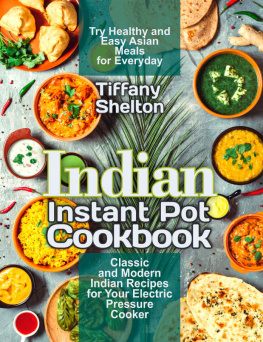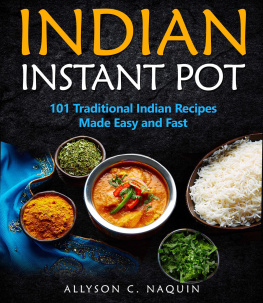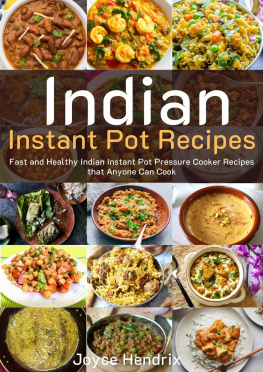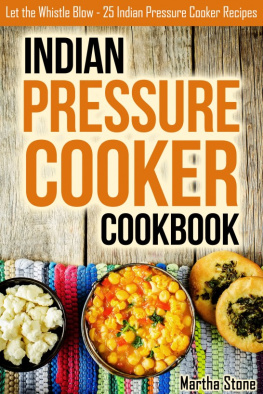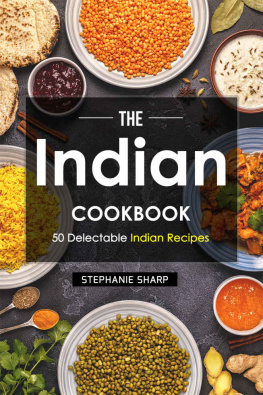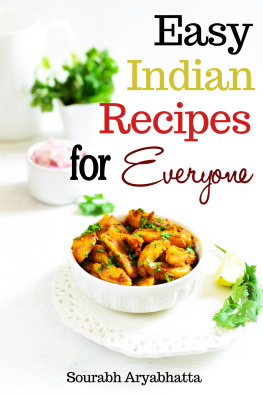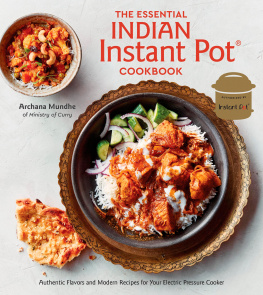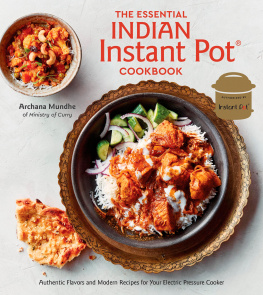Unlock The Secrets Of Indian Keto Diet With Traditional Delicious Recipes Prepared In No Time In Your Kitchen
All rights reserved.
Introduction
Indian cooking methods are just as diverse as its ingredients, but dishes usually finished with a slow cooking phase. Meat and vegetables are traditionally sauted in oil, to begin with, then transferred to a pot of liquid or gravy to cook slowly. This technique is called braising. Almost all curries must cook for long periods of time. A tight lid is requiredin fact, chefs sometimes create a makeshift seal by placing a line of dough around the pots edge.
The advantage of slow cooking is that it draws out the entire range of flavors in meats and vegetables. When these juices stew and soak into one another, the flavor can equal far more than the sum of its parts.
This drawing out of flavors is even reflected in how some Indian meals are eatenwith bare hands. Vedic wisdom dictates that the fingers represent the five elements of air, space, fire, water, and earth. By eating with your fingers, the Vedic tradition believes these elements intermingle with the food, not only putting you more in touch with the flavors and smells but aiding in digestion as well.
The traditional oven used in India is called a tandoor" and falls somewhere between an in-ground oven like the ones used in conventional American barbecuing, and the type of brick or stone oven used to make, say, pizza. The first tandoors were made of clay, and newer ones made of metal.
Tandoors are a part grill, part convection oven, exposing food to high temperatures (almost 500 Celsius) for long periods of time. Heat comes from a charcoal fire or wood fire, which progresses through cooking stages along with the food. Over the course of preparation, the food is cooked with a live flame, radiant heat, convection, and by smoking. Juices that drip out of the food flavor the smoke in the oven.
Everything from naan bread to tikka masala to raan dishes takes advantage of the tandoor oven.
Odds are, you probably dont have a tandoor in your home. The internet offers plenty of methods for cooking classic Indian dishes on your stove top, using the typical range of pots and pans to achieve a passable Indian dish. In fact, to produce an authentic Indian dish, you need an arsenal of toolsa rice cooker, a crock pot, perhaps even a stovetop pressure cooker. But the Instant Pot can be the only tool you need, and it produces better tasting food.
Heres why.
With pan methods of cooking, all those flavors that would typically get drawn out are lost in the steam coming off the food. Since pan cooking is open air, this richness merely escapes and is lost. Furthermore, pan cooking doesn't allow the time it takes to draw all the flavors from your vegetables, meat, and seasonings. Much like the cultural fusion that produced Indian food in the first place, the full potential of Indian food is only fulfilled when the flavors are drawn in and out of each other over several hours.
Crockpot slow cookers are often used to achieve flavor over time, but slow is the slow cooker's only speed. I think we've all gotten home after a hard day of work and realized we failed to get the slow cooker meal started that morning or the night before. Its not a good feeling. Your Instant Pot can achieve a higher level of flavor in a shorter time span. In fact, if you forget to set your meat out to thaw, your Instant Pot can do the job in 30 minutes or less without compromising the meats flavor.
Pressure cookers use the steam let off by the food to not only retain flavor but to cook the food itself. Pots and skillets heat from the bottom, and the heat must rise through the food to cook it. With a pressure cooker, that heat builds and puts pressure on the food from the top, cooking it evenly from all directions.
But a stovetop pressure cooker doesnt do your food justice, especially if youre anywhere close to a newbie in the kitchen. Most stovetop pressure cookers produce a whistle at specific intervals, which veteran chefs know how to interpret. But sometimes, they dont whistle. Though a stovetop pressure cooker does much of the work on its own, it still requires your attention and some expertise as its cooking. While its certainly a handy tool for someone who is well-versed in using it, the learning curve is steep and may cost you many sub-par meals. With your Instant Pot, you can set it and forget it.
After your meal, youll find cleaning up the kitchen has never been easier. Since your Instant Pot is so versatile, it eliminates the need for many other kitchen appliancesappliances youd have to clean and put away. The only thing on your Instant Pot you need to clean is the dishwasher-safe inner pot.
Your Instant Pot is more than a tool. Its your friend. Not only does the Instant Pot intuit what you're trying to cook and adjust its settings to accommodate your food, but it also serves functions besides pressure cooking. You can saute, steam, and slow cook in your instant pot. With pre-loaded settings for rice, meat, soup, and more, its virtually error-proof. When your dish is done, its done. No more rice getting cold while youre waiting for another part of the meal to cook, or suffering the pressure of getting things cooked on a schedule so that it all finishes at the same time. With the Instant Pot, your meal comes out evenly-cooked and ready to eat.
Nutritional Benefits of Indian Food
Indian cuisine offers countless nutritional benefits. Beware of the temptation to remain strictly in the butter chicken camp if you are new to Indian cuisine. While its an amazing dish, it does have a lot fatter, and far less nutrition than most other authentic Indian dishes. By eating an Indian or Indian-inspired diet, you will be treating your body to many benefits. Some (but not all) of the benefits of Indian food are:
High in fiber
Lentils, beans, chickpeas, vegetables, and nuts are top players in the Indian diet. These foods are extremely high in dietary fiber (especially the beans and lentils!). Fiber helps with digestion and regularity, and also helps to keep blood sugar levels at a healthy place. Fiber is very filling and satisfying so it can also help with weight maintenance too, as it can keep hunger pangs and cravings at arms length.
Full of fresh produce
Fresh vegetables and fruits (mangoes!) make up the bulk of many Indian dishes, and not just the vegetarian ones! Sauces for curries such as Saag and Palak paneer are made from pureed spinach. If youre looking for ways to add more veggies to your meals, turn to Indian dishes for fresh inspiration. Dont think of veggies as a side to your main meal, think of them as the main feature!
Healing Spices
Many spices have wonderful, healing properties when consumed. For example, turmeric (used in most of the recipes in this book!) has anti-inflammatory properties. Cumin and ginger help to aid digestion and chilies can help to prevent diabetes and weight gain.
Warming, filling and nourishing
The warmth and full flavor provided by spices, vegetables, legumes, and pulses make the eater feel as though they are being healthily and sufficiently fed. You will never feel deprived or riddled with cravings after eating an Indian meal, as the recipes and traditions have been so richly honed to create a well-rounded and nourishing eating experience.
Lots of vegetarian dishes
Many people in the western world consume far too much meat. However, some people just dont know how to put together a meal without the addition of meat. Indian cuisine is a great place to begin! Many vegetables can be thrown into an Indian curry or rice dish, and they truly come to life with the help of rich and aromatic spices. Find a new love for vegetarian meals by exploring the endless options provided by Indian food.


